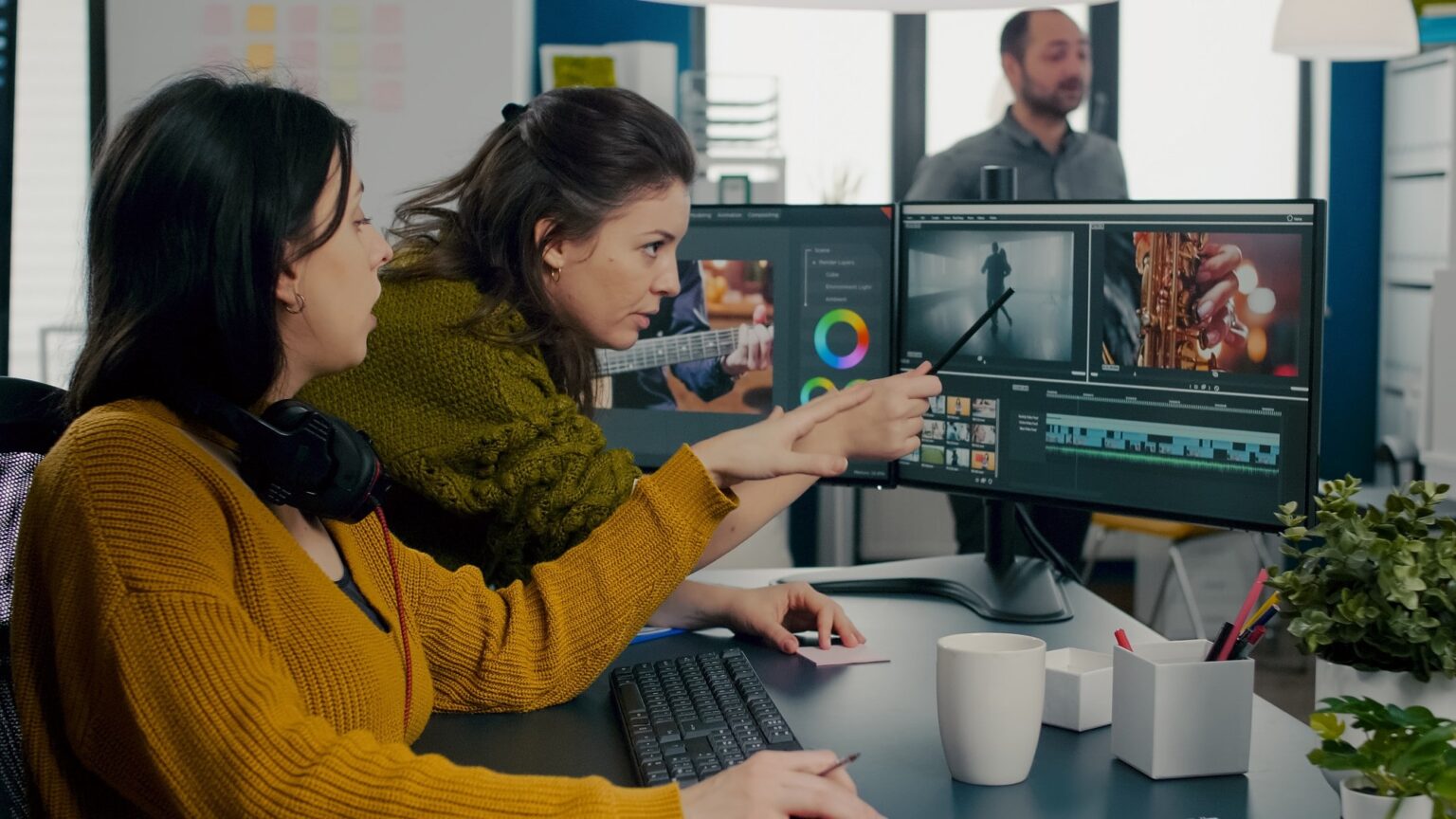Digital content creation and production have been revolutionized by the advancements in technology, providing creatives with a wide array of tools and technologies to bring their ideas to life. These tools enable the creation of various forms of digital content, including graphics, videos, animations, music, and more. Here are some key tools and technologies used by creatives:
- Digital Design Software: Design software like Adobe Creative Cloud (including Photoshop, Illustrator, InDesign, etc.), Sketch, and CorelDRAW enable graphic designers to create stunning visual designs, illustrations, and layouts. These tools offer powerful features for editing, manipulating, and combining visual elements.
- Video Editing Software: Video editing software such as Adobe Premiere Pro, Final Cut Pro, and DaVinci Resolve allow content creators to edit and enhance videos, add effects, transitions, and create a polished final product. These tools provide a range of features for video editing, color grading, audio mixing, and visual effects.
- 3D Modeling and Animation Software: 3D modeling and animation software like Autodesk Maya, Blender, and Cinema 4D enable artists to create lifelike 3D models, animations, and visual effects. These tools offer a wide range of features for modeling, texturing, rigging, animation, and rendering.
- Virtual Reality (VR) and Augmented Reality (AR) Tools: VR and AR tools like Unity, Unreal Engine, and A-Frame allow creators to develop immersive experiences and interactive applications. These platforms provide the necessary tools for building virtual worlds, designing interactive interfaces, and integrating 3D assets and animations.
- Music Production Software: Digital audio workstations (DAWs) such as Ableton Live, Logic Pro, and FL Studio are used for music production. These tools offer a range of features for recording, editing, mixing, and mastering music tracks. Virtual instruments and sample libraries are also widely used for creating digital music compositions.
- Motion Graphics Software: Motion graphics software like Adobe After Effects and Apple Motion enable designers to create dynamic animations, title sequences, and visual effects for videos. These tools offer a range of features for motion design, compositing, and creating visually appealing animated elements.
- Content Management Systems (CMS): Content management systems like WordPress and Drupal are widely used for creating and managing websites and blogs. These platforms provide templates, plugins, and customizable features to facilitate content creation and publishing.
- Cloud Collaboration and Storage: Cloud-based platforms like Google Drive, Dropbox, and Adobe Creative Cloud Libraries enable remote collaboration, file sharing, and version control. These tools allow creatives to work seamlessly across teams, access files from anywhere, and collaborate in real-time.
- Artificial Intelligence (AI) and Machine Learning (ML): AI and ML technologies are being integrated into creative tools, providing features like automated image and video editing, content generation, and predictive analytics. These technologies can assist creatives in tasks such as image recognition, style transfer, and automatic color correction.
- Social Media and Digital Marketing Tools: Social media platforms like Facebook, Instagram, and Twitter, along with marketing tools like Hootsuite, Buffer, and Google Analytics, enable creatives to promote and distribute their digital content to a wider audience. These tools provide insights into audience engagement, demographics, and help optimize digital marketing strategies.
The landscape of digital content creation and production continues to evolve rapidly, with new tools and technologies constantly emerging. Creatives can leverage these advancements to unleash their creativity, collaborate effectively, and deliver high-quality digital content across various mediums and platforms.



